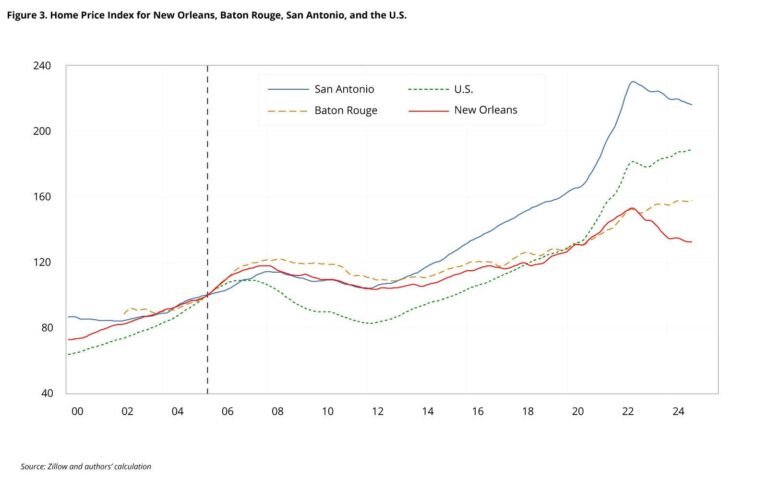Understanding the Far-Reaching Economic Consequences of Wildfires in Los Angeles
Widespread Economic Disruptions Impacting Businesses and Tourism
As wildfires relentlessly sweep through Los Angeles, their financial repercussions extend well beyond the immediate destruction of residential and commercial properties. The economic fallout has severely affected local enterprises, particularly small businesses that have faced sudden shutdowns and meaningful revenue losses. Beyond the physical damage, interruptions in supply chains and a sharp decline in customer visits have intensified financial struggles for many merchants. Establishments such as cafes, specialty shops, and service providers in fire-affected neighborhoods report prolonged downturns, with some still struggling to regain footing months after containment.
Moreover, tourism—a cornerstone of Los Angeles’ economy—has experienced a notable decline. Popular outdoor attractions, including parks and hiking areas, have suffered damage that deters visitors and leads to widespread cancellations of tours and events. This downturn threatens employment within the sector and compels operators to reconsider staffing and investment plans for upcoming seasons. The table below summarizes estimated financial losses across key sectors following the wildfires:
| Sector | Estimated Financial Loss | Nature of Impact |
|---|---|---|
| Small Retail and Local Businesses | $130 million | Revenue decline and temporary closures |
| Tourism and Hospitality | $90 million | Cancelled reservations and fewer visitors |
| Service Industry | $50 million | Supply chain interruptions |
- Local restaurants have experienced a 45% reduction in patronage.
- Tour companies reported a 35% drop in scheduled excursions during peak months.
- Independent retailers faced inventory shortages due to delayed shipments.
Environmental Degradation and Its Role in Escalating Recovery Expenses
The consequences of wildfires extend far beyond visible destruction, inflicting lasting harm on natural ecosystems that complicate restoration efforts. Damage to soil quality,vegetation loss,and disruption of natural water cycles contribute to increased erosion risks and deteriorating air and water conditions.These environmental challenges not only inflate recovery costs but also threaten the region’s biodiversity and resilience against future wildfires.
Critical environmental issues influencing recovery include:
- Severe topsoil erosion leading to sedimentation in waterways
- Reduction in forest canopy, diminishing carbon sequestration capacity
- Contamination of water sources from ash and chemical pollutants
- Displacement and vulnerability of native wildlife habitats
| Environmental Concern | Impact on Recovery Costs | Long-Term Consequences |
|---|---|---|
| Soil Degradation | High | Elevated flood risk and land instability |
| Water Pollution | Moderate | Public health risks and ecosystem damage |
| Vegetation Destruction | High | Increased greenhouse gas emissions |
| Wildlife Habitat Disruption | Moderate | Loss of biodiversity and ecological imbalance |
Challenges to Public Infrastructure and Emergency Services
The ongoing wildfires have exposed significant weaknesses in Los Angeles’ public infrastructure and emergency response systems. Firefighting units are stretched thin, grappling with limited personnel, resource shortages, and coordination delays that hinder containment efforts. Hospitals are overwhelmed with a surge in patients suffering from respiratory issues and burns, straining medical resources and staff capacity. Additionally, disruptions to public transit have complicated evacuation procedures and daily commutes.
Damage to critical infrastructure—including power grids and water supply networks—has further intensified the crisis.Widespread power outages have delayed emergency communications,while water shortages have hampered firefighting operations and affected residents’ access to clean water. The table below highlights key infrastructure challenges and their impacts during the wildfire events:
| Infrastructure Component | Service Affected | Consequences |
|---|---|---|
| Power Grid | Electricity and Communications | Delayed emergency alerts; expanded blackout areas |
| Water Supply Systems | Firefighting and Residential Use | Reduced water pressure; scarcity for firefighting and households |
| Roadways | Evacuation and Transportation | Traffic congestion; slowed evacuations |
| Healthcare Facilities | Emergency Medical Services | Patient surges; resource depletion |
- Emergency personnel are overwhelmed by simultaneous crises.
- Infrastructure damage has led to prolonged outages and service interruptions.
- Investment in resilient infrastructure is critical to prevent future failures.
Strategic Policy Measures to Enhance Resilience and Reduce Wildfire Risks
Addressing the mounting economic and social toll of wildfires requires a multifaceted policy approach emphasizing integrated land stewardship and community-focused preparedness initiatives. Updating building codes to enforce the use of fire-resistant materials and designing urban spaces with defensible zones can significantly lower property damage. Equally vital is funding ecological restoration efforts, such as prescribed burns and planting fire-adapted vegetation, which help reduce wildfire severity and promote ecosystem health.
In addition, establishing comprehensive financial support systems for affected households and businesses is essential. This includes broadening access to wildfire insurance with affordable premiums and creating rapid-response emergency relief funds. Enhancing emergency communication infrastructure to deliver timely alerts and evacuation instructions, especially to vulnerable populations, is also a priority. The following table outlines key policy areas alongside recommended actions and their anticipated benefits:
| Policy Area | Recommended Strategy | Projected Outcome |
|---|---|---|
| Construction Standards | Enforce fire-resistant building materials and designs | Reduce property loss by up to 45% |
| Land and Forest Management | Implement regular controlled burns and vegetation thinning | Decrease wildfire intensity and spread |
| Financial Assistance | Expand wildfire insurance coverage and emergency funds | Accelerate economic recovery post-disaster |
| Community Preparedness | Upgrade alert systems and evacuation protocols | Enhance public safety and response times |
Conclusion: Navigating Recovery and Building Future Resilience
The aftermath of the recent wildfires in Los Angeles reveals that the economic consequences reach far beyond the immediate loss of structures and property. The cascading effects on healthcare systems, infrastructure, and local economies highlight the urgent necessity for comprehensive, forward-thinking strategies to confront the escalating wildfire threat.Moving ahead, policymakers and community leaders must balance urgent recovery efforts with long-term resilience planning to mitigate the growing financial and social costs of future fire events. Los Angeles’ experience serves as a powerful reminder that the true cost of wildfires encompasses enduring societal challenges,not just physical destruction.




